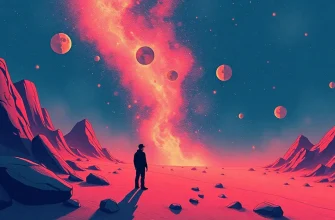Soviet cinema, known for its rich storytelling and unique visual style, occasionally ventured into the realm of surrealism, creating films that challenge perceptions and evoke a sense of the uncanny. This collection of 10 Soviet films delves into the surreal, offering viewers a glimpse into the imaginative and often bizarre world crafted by Soviet filmmakers. These films not only provide an escape from the conventional narrative but also reflect the cultural and political undercurrents of their time, making them invaluable for cinephiles interested in exploring the less-trodden paths of Soviet cinema.
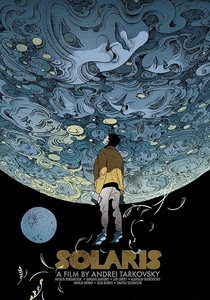
Solaris (1972)
Description: Another Tarkovsky film, Solaris, delves into the psyche of its characters through the surreal experiences aboard a space station orbiting a mysterious planet, Solaris.
Fact: The film was inspired by Stanisław Lem's novel but deviates significantly in its exploration of human consciousness.
 Watch Now
Watch Now
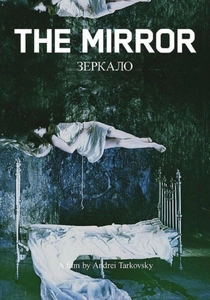
The Mirror (1975)
Description: Tarkovsky's deeply personal film, which blurs the lines between memory, dream, and reality, offering a surreal narrative that reflects on life, art, and the passage of time.
Fact: The film includes real-life footage of Tarkovsky's mother, adding a layer of authenticity to the surreal narrative.
 Watch Now
Watch Now
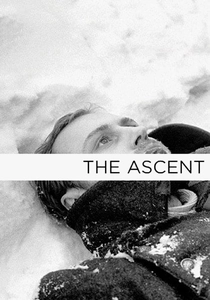
The Ascent (1977)
Description: Larisa Shepitko's film, while not purely surreal, uses dream-like sequences and stark imagery to explore themes of sacrifice and redemption during WWII, creating a surreal atmosphere.
Fact: Shepitko was one of the few female directors in Soviet cinema, and this film is often considered her magnum opus.
 Watch Now
Watch Now
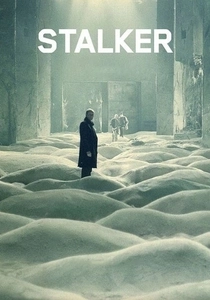
Stalker (1979)
Description: Andrei Tarkovsky's masterpiece blends science fiction with philosophical musings, creating a surreal journey into the Zone, a mysterious area where wishes come true, challenging the characters' and viewers' perceptions of reality.
Fact: The film was shot in Estonia, and the Zone was inspired by the Chernobyl Exclusion Zone, though the film predates the disaster.
 Watch Now
Watch Now
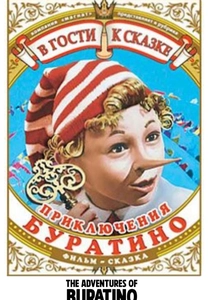
The Adventures of Buratino (1975)
Description: This Soviet adaptation of Pinocchio uses surreal elements to create a whimsical world, blending reality with fantasy in a way that captivates children and adults alike.
Fact: The film was one of the most popular children's films in the Soviet Union.
 Watch Now
Watch Now
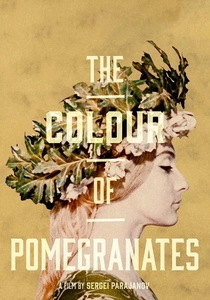
The Color of Pomegranates (1969)
Description: This film by Sergei Parajanov is a visual poem, a surreal exploration of the life of Armenian poet Sayat-Nova, where reality and dream merge into a tapestry of vibrant colors and symbolic imagery.
Fact: The film was heavily censored and edited by Soviet authorities, resulting in a version that differs significantly from Parajanov's original vision.
 30 Days Free
30 Days Free
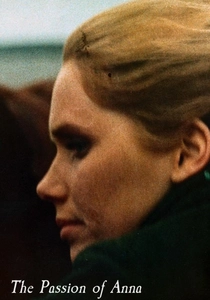
The Passion of Anna (1969)
Description: Although not Soviet, Ingmar Bergman's film was influenced by Soviet cinema's introspective style, presenting a surreal narrative about isolation and human connection.
Fact: Bergman was known to admire Tarkovsky, and this film reflects some of the same existential themes.
 30 Days Free
30 Days Free

The House That Swift Built (1982)
Description: This film by Mark Zakharov uses surreal elements to satirize Soviet bureaucracy and the absurdity of life, creating a whimsical yet poignant commentary.
Fact: The film was based on the satirical novel by Mikhail Bulgakov, known for his critique of Soviet society.
 30 Days Free
30 Days Free

The Nutcracker (1973)
Description: This ballet film adaptation by Yuri Grigorovich, while rooted in fantasy, employs surreal visuals to enhance the dream-like quality of the story.
Fact: The film features choreography by the legendary Rudolf Nureyev.
 30 Days Free
30 Days Free

The Flight (1970)
Description: This film by Alexander Alov and Vladimir Naumov uses surreal imagery to depict the life of a Soviet pilot during WWII, exploring themes of freedom and escape.
Fact: The film was shot in various locations across the Soviet Union, showcasing its vast landscapes.
 30 Days Free
30 Days Free




